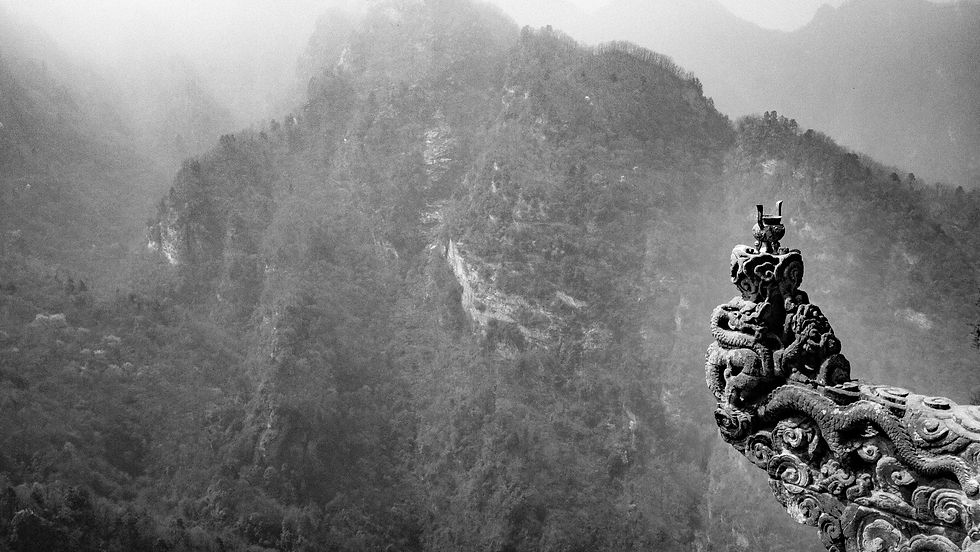The little adventures of Target the Clown 目標小丑冒險記 ターゲットピエロの冒険
- Robin Yong

- Nov 8, 2023
- 3 min read

A clown is a person who performs comedy and arts in a state of open-mindedness using physical comedy, typically while wearing distinct makeup or costuming and reversing folkway-norms. Clowns have a varied tradition with significant variations in costume and performance. The most recognisable clowns are those that commonly perform in the circus, characterized by colorful wigs, red noses, and oversized shoes. However, clowns have also played roles in theater and folklore, like the court jesters of the Middle Ages and the jesters and ritual clowns of various indigenous cultures. Their performances can elicit a range of emotions, from humor and laughter to fear and discomfort, reflecting complex societal and psychological dimensions. Through the centuries, clowns have continued to play significant roles in society, evolving alongside changing cultural norms and artistic expressions.
There are traditionally three basic types of clowns that appear in the circus: the whiteface, the auguste and the character. A fourth type, the tramp or hobo clown, is often recognized separately, though similar to the other three types.
On this day at the Venice Carnevale, my Italian friend Elena visits me dressed up as a clown. This is a character clown, who adopts an eccentric character of some type, such as a butcher, a baker, a policeman, a housewife or hobo.
A hobo is a migrant worker in the United States. Hoboes, tramps, and bums are generally regarded as related, but distinct: a hobo travels and is willing to work; a tramp travels, but avoids work if possible; a bum neither travels nor works.
The origin of the term is unknown. According to etymologist Anatoly Liberman, the only certain detail about its origin is the word was first noticed in American English circa 1890.
The number of hoboes increased greatly during the Great Depression era of the 1930s. With no work and no prospects at home, many decided to travel for free by freight train and try their luck elsewhere.
A Boyette is a female hobo, a term that was used during the Great Depression era in the United States to describe a woman who was part of the itinerant worker and traveler community known as “hobos.”
Female hobos were also known for their creativity and resourcefulness in finding shelter, food, and other necessities. Female hobos were an integral part of the hobo culture, and their stories and experiences have been documented in literature, photography, and other forms of media.
Dressed in her 1920s clown costume called Target, Elena visits me at the Mystery Hotel to work as the receptionist for the day....
The series of photos is presented in black and white, drawing inspiration from those old Charlie Chaplin silent films of the 1920s and 30s...


As said many times before, the Venice Carnevale is much more than masked costumers. Local Italians do enjoy costumes with painted faces very much. Painted faces with their beautiful facial expressions make wonderful portraits and souvenir pictures. These are things that most people would expect out of a Venice Carnevale but such subjects and photo sessions are actually highly prized by photographers who frequent the Carnevale...
There is actually a small group of local Italian individuals that come in Hobo clown costumes. Maybe I'll photograph more of them next Carnevale...I look forward to meeting everyone again at the Venice Carnevale in 2024...it will not be an easy year for most because of the economic downturn and the mess the world is at, but hopefully we will still find moments of joy and my work will be noticed...just like Charlie Chaplin...






























Comments